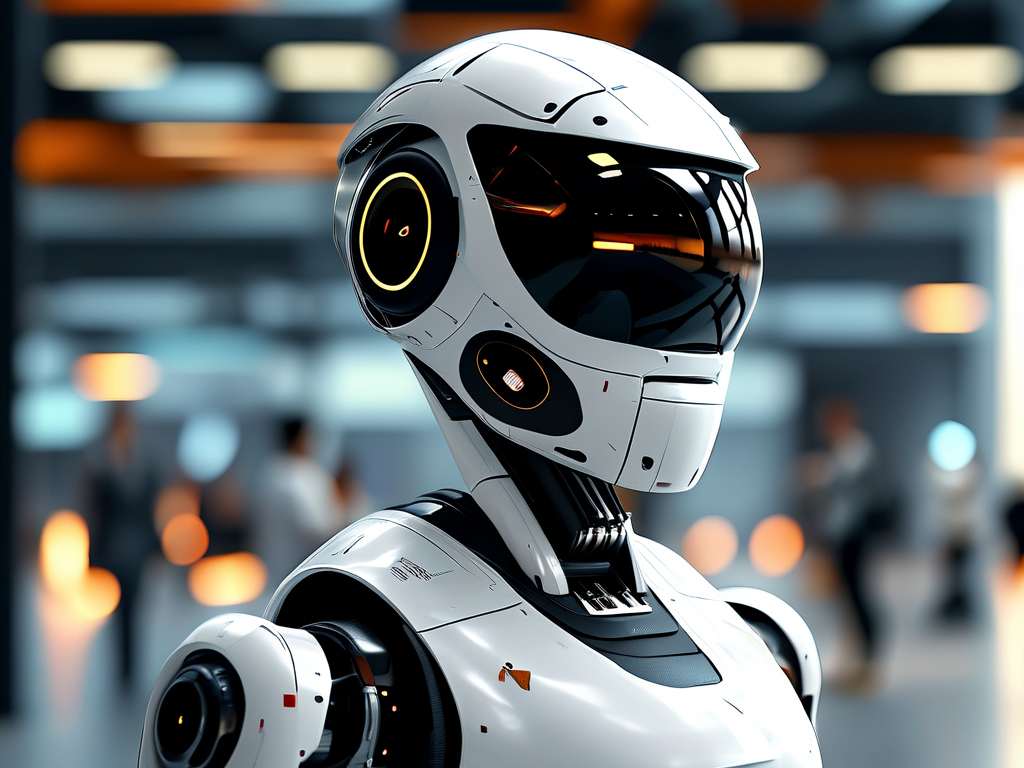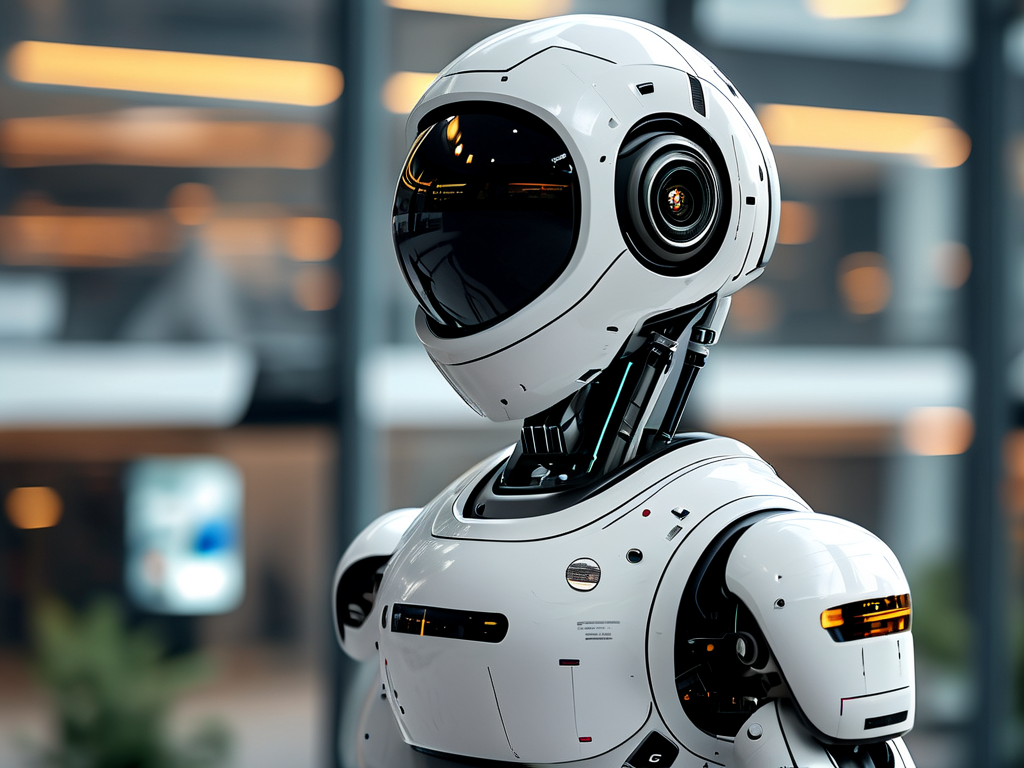The integration of robotics technology across industries has created unprecedented career opportunities for skilled professionals. As automation reshapes manufacturing, healthcare, and even service sectors, the demand for robotics specialists continues to surge. This article explores the evolving employment landscape in robotics engineering and related fields, offering insights for aspiring professionals.
Recent data from the International Federation of Robotics reveals that over 3 million industrial robots operate globally, with installations growing by 12% annually. This expansion fuels demand for professionals capable of designing, programming, and maintaining robotic systems. Unlike temporary tech trends, robotics expertise has become foundational to modern industrial strategies, ensuring long-term career stability for qualified individuals.
The healthcare sector exemplifies robotics' transformative potential. Surgical robots now assist in complex procedures, while rehabilitation devices help patients regain mobility. These applications require specialists who understand both mechanical systems and biomedical principles. Similarly, agricultural robotics has emerged as a critical field, with autonomous harvesters and crop-monitoring drones addressing labor shortages and improving food production efficiency.
Emerging roles in robotics extend beyond traditional engineering. Companies now seek human-robot interaction designers to create intuitive interfaces for collaborative robots (cobots). These cobots work alongside humans in factories, requiring specialists who can optimize safety protocols and workflow integration. Another growing niche is robotic ethics consulting, where professionals address legal and social implications of autonomous systems.

Educational pathways have diversified to meet industry needs. While electrical and mechanical engineering degrees remain valuable, universities now offer specialized programs in autonomous systems, AI-driven robotics, and mechatronics. Certification programs in robot operating systems (ROS) and industrial automation provide accelerated entry points for career changers. Notably, 68% of robotics employers value hands-on project experience as much as formal qualifications.
The global robotics job market shows geographic variations worth considering. Asia-Pacific nations lead in industrial robotics deployment, with China alone accounting for 52% of global robot installations. European countries emphasize precision engineering in medical and automotive robotics, while North America sees growth in service robotics for logistics and retail. Professionals willing to relocate or work remotely for international teams often access premium salary packages.
Compensation trends reflect the high value placed on robotics expertise. Entry-level robotics engineers in the United States earn between $75,000 and $95,000 annually, with senior roles exceeding $150,000. Specialists in machine vision or swarm robotics command even higher premiums. Beyond financial rewards, many organizations offer research funding and patent incentives, particularly in cutting-edge fields like quantum computing-enabled robotics.

Challenges in the field require adaptive professionals. Rapid technological obsolescence means continuous learning is essential. A 2023 industry survey found that robotics engineers spend an average of 10 hours monthly on skill upgrades. Cross-disciplinary collaboration has also become critical, as modern projects often combine robotics with data science, materials engineering, and cognitive psychology.
The future promises expanded applications in unexpected domains. Ocean exploration robots are mapping seafloors with unprecedented detail, while construction robots 3D-print entire building structures. These innovations will create roles for underwater robotics technicians and automated construction supervisors. Meanwhile, advancements in soft robotics open possibilities in wearable medical devices and delicate manufacturing processes.
For those entering the field, developing a hybrid skill set proves advantageous. Combining programming languages like Python and C++ with mechanical prototyping skills makes candidates versatile. Understanding AI algorithms and sensor fusion techniques further enhances employability. Industry leaders emphasize the importance of "systems thinking" – the ability to view robots as components within larger technological ecosystems.
Ethical considerations will increasingly shape robotics careers. As autonomous weapons and privacy-invasive surveillance technologies spark debate, professionals may face moral dilemmas. Forward-thinking universities now incorporate ethics modules into technical curricula, preparing graduates to navigate these complex issues while driving responsible innovation.
The robotics job market's resilience was evident during recent economic downturns. While tech layoffs affected some sectors in 2022-2023, robotics hiring remained stable due to ongoing industrial automation initiatives. This trend suggests robotics careers may offer better recession resistance compared to other tech fields.
Networking plays a crucial role in career advancement. Professional organizations like the IEEE Robotics and Automation Society provide platforms for knowledge exchange and mentorship. Participation in competitions like DARPA Robotics Challenge or Hackster.io projects can significantly boost visibility in the job market.
In , robotics technology presents a dynamic and expanding career frontier. From manufacturing floors to surgical suites, robotic systems are becoming indispensable, creating diverse opportunities for professionals who combine technical prowess with adaptive learning capabilities. As industries continue their automation journeys, robotics expertise will remain a valuable commodity in the global job market for decades to come.









